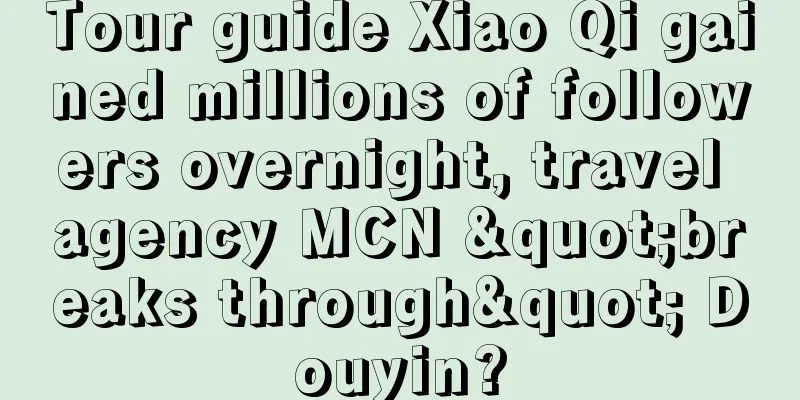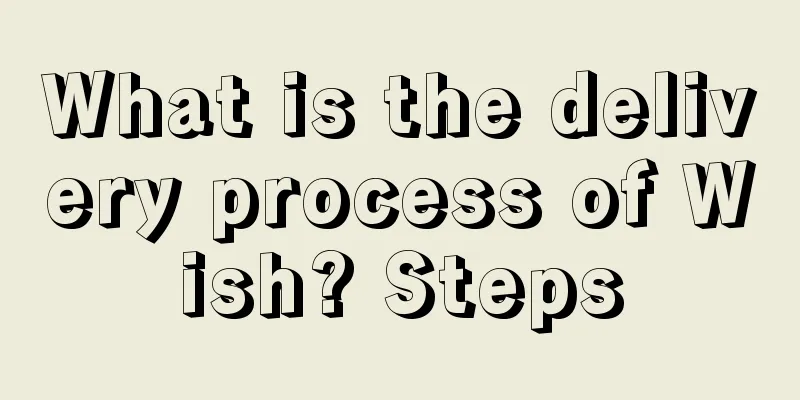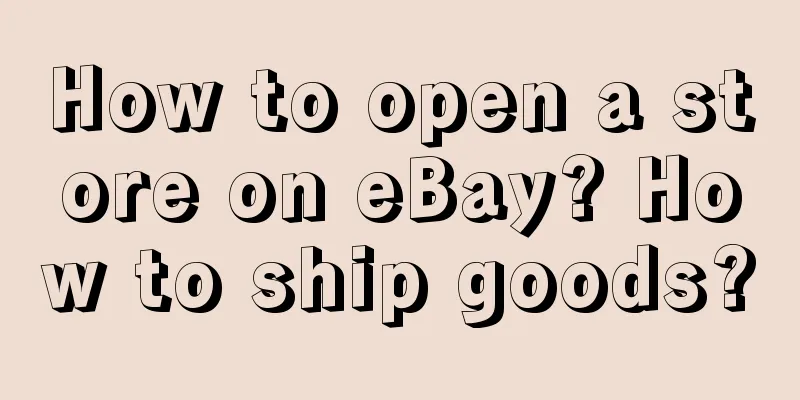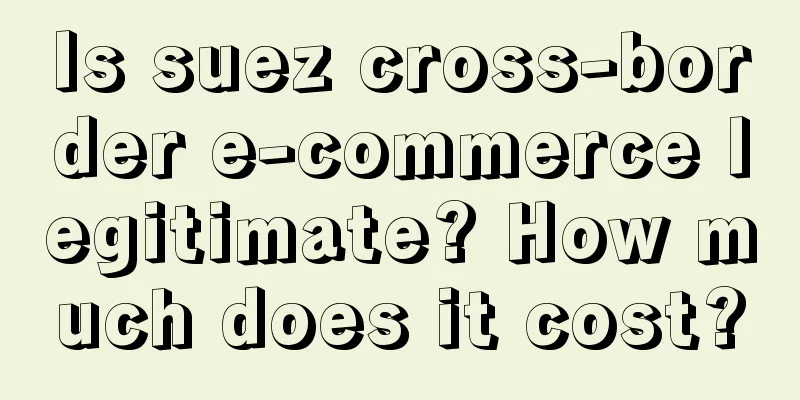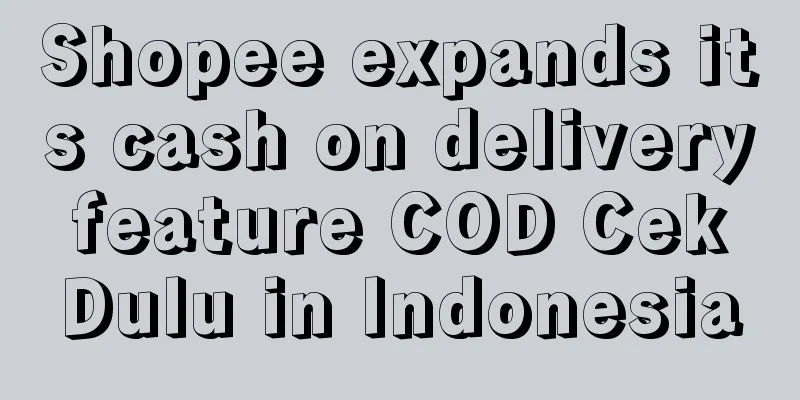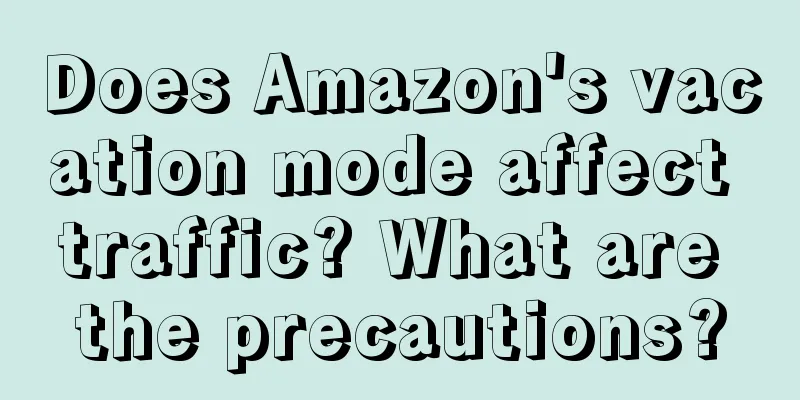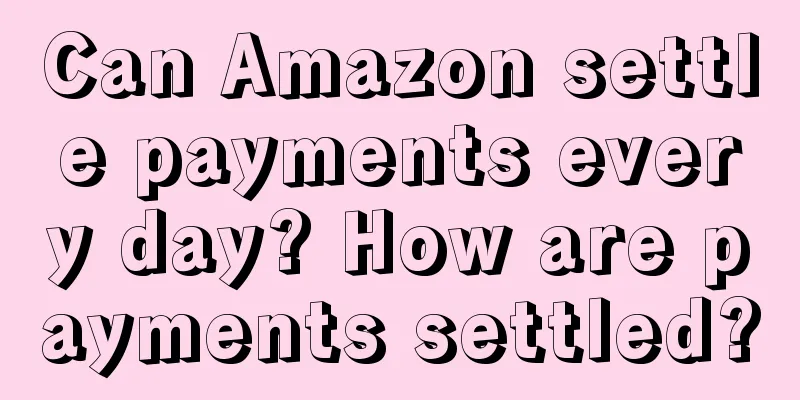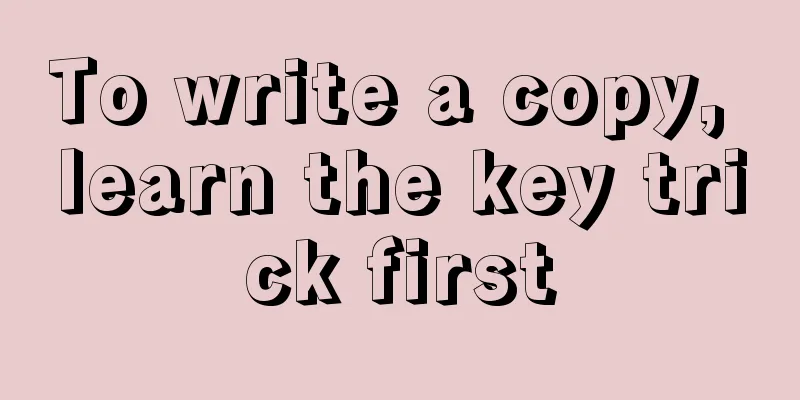Strategies and methods of charity marketing
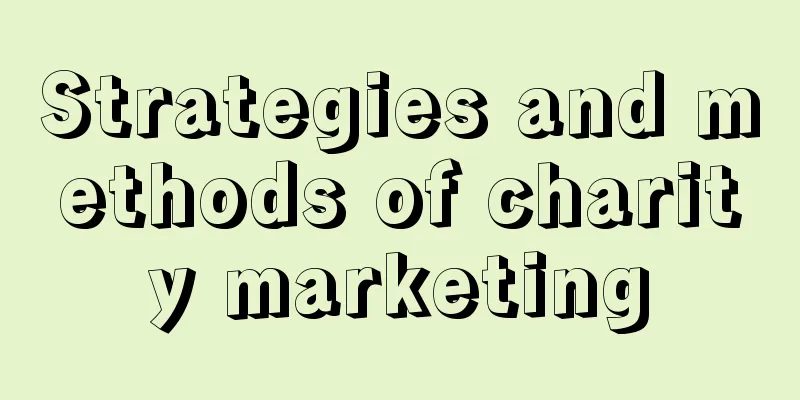
During the Spring and Autumn Period, there was a law in the State of Lu that if someone from Lu was enslaved abroad, he could redeem them and claim the ransom from the treasury after returning home. Confucius' disciple Zigong redeemed someone abroad but refused to accept the ransom. When Confucius learned about this, he criticized Zigong. He said that accepting the ransom did not harm one's virtue, but if one did not accept the ransom, no one would be willing to redeem someone again. During the Spring and Autumn Period, there was a law in the State of Lu that if someone from Lu was enslaved abroad, he could redeem them and claim the ransom from the treasury after returning home. Confucius' disciple Zigong redeemed someone abroad but refused to accept the ransom. When Confucius learned about this, he criticized Zigong. He said that accepting the ransom did not harm one's virtue, but if one did not accept the ransom, no one would be willing to redeem someone again. Another time, another disciple of Confucius, Zilu, saved a drowning man. The man gave Zilu a cow as a token of gratitude, and Zilu accepted it. When Confucius knew about it, he was so happy that he said that the people of Lu would definitely be brave enough to save people. The reason is simple. Zigong redeemed a person but refused the ransom, which set a high moral standard for redeeming people. In the future, people who redeemed people would be embarrassed to ask for money, so they would just not redeem them. So, saintly behavior is not acceptable. Confucius saw things in detail and looked far ahead. He was a thinker who was well versed in human nature. He was not the aloof, conservative, and unrealistic moralist that most people imagined. The story I tell at the beginning is my overall view on charity marketing . Charity is a great act of kindness and deserves encouragement and praise. However, if companies can also gain benefits from charity activities, then this will inevitably encourage companies to invest more resources in charity and influence more companies to do charity. In July this year, when heavy rains hit Henan, ERKE generously donated 50 million yuan, which then became a hot topic. Netizens rushed into ERKE's live broadcast room and offline stores to buy out its products. In 2008, when the Wenchuan earthquake hit, Jiaduobao donated 100 million yuan. At that time, a post appeared online demanding that Jiaduobao be banned and removed from the shelves in China! In other words, if there was a can of Jiaduobao on the shelf, buy it and run out of Jiaduobao. The topic of "banning Jiaduobao" became well-known across the country, triggering a craze among consumers to buy Jiaduobao. Companies have increased their social visibility and established a corporate social responsibility image by doing charity. Consumers give praise and support to companies for doing charity. This is a positive cycle event and is also something that ordinary people like us should do (praise donors instead of forcing them to donate). This article talks about charity marketing, so let's look at this term. Since we call it "charity marketing" and regard charity as a kind of corporate marketing, I will talk about charity from a marketing perspective rather than a moral perspective. There are many kinds of public welfare, such as caring for children's growth and education, protecting minors, caring for the disabled and vulnerable groups, providing financial aid to students, agriculture, rural areas and farmers, environmental protection, animal protection, supporting traffic safety and opposing drunk driving, advocating a healthy lifestyle such as saving electricity and water, and quitting smoking. From the perspective of social responsibility, companies, as social citizens, should use their capabilities and resources to the best of their ability and in accordance with national plans to do charity work, the more the better. From a marketing perspective, companies should choose to carry out marketing and communication on those public welfare activities that are relevant to themselves and in line with their own strategic requirements. For example, the water company Nongfu Spring may have done a lot of public welfare work, but the public is not aware of it. However, what Nongfu Spring promotes is the protection of water resources. Every year on March 22, World Water Day, Nongfu Spring will hold public welfare activities. Its slogans such as "Beautiful China, Beautiful Water" and "The quality of water determines the quality of life" are well-known. Nongfu Spring's public welfare marketing in the direction of water resource protection is related to the product characteristics and brand value of its packaged water. For example, the dairy company Ausnutria launched the "Protect the First Mouth of Milk" public welfare marketing campaign in 2014 to advocate breastfeeding and popularize scientific breastfeeding concepts. This campaign has received support from many celebrities and ordinary consumers, and has also greatly helped to enhance the brand image and corporate social responsibility image. Ausnutria conducts public welfare marketing in the direction of supporting breastfeeding, which is related to its milk powder industry attributes and brand image. For example, Autohome, as a well-known domestic automobile website, carries out public welfare marketing focusing on children’s safety in cars and promoting legislation on child safety seats. There is also Pfizer, a well-known international pharmaceutical company. It has a marketing promotion. Although it is not a public welfare marketing but an event marketing, I think it is also worth talking about. So here I will talk about the "Mozart 80th Anniversary Concert" done by Pfizer. Mozart was one of the best musicians, but unfortunately he died young from a bacterial infection at the age of 35. So why is there a concert for Mozart at his 80th birthday? This is because as a pharmaceutical company, Pfizer asked a question: If Mozart had the good fortune to live to be 80, what kind of amazing works would he have created, and how brilliant would our river of civilization be today? To answer this question, Pfizer used Google's neural network technology Open AI to let the machine deeply learn Mozart's own music, and then generated three new piano pieces as Mozart's works when he was 40, 60, and 80 years old. Of course, these three pieces were also created in combination with the characteristics of the development of classical music at these three time points. Finally, Pfizer gave the three AI-generated pieces of music to famous musicians for adaptation, and also found a well-known symphony orchestra to hold a real concert. This is the "Mozart 80th Anniversary Concert". I think this event marketing is well done, first of all because it reflects Pfizer's attributes in the pharmaceutical industry. Because Mozart died of a bacterial infection, if he had stayed healthy it would have helped him achieve greater success. Secondly, this concert uses artificial intelligence to create music, which is very technical, with a bit of black technology and a sense of imagination. This can remind people of Pfizer's technical image and technological innovation strength as a world-leading pharmaceutical company. In addition, the music reveals a strong sense of humanity, reflecting Pfizer's corporate values and brand heritage. If we think further, Pfizer's event marketing can also be turned into charity, such as donating the ticket revenue from the concert (and adding a sum of money if it is not much) to medical institutions, or supporting the prevention and control of bacterial infections in poor areas. Or let's go a step further. In addition to Mozart, another great musician, Beethoven, became deaf in his later years... So can Pfizer launch a public welfare marketing campaign targeting the hearing impaired, create a visualized Beethoven concert, visualize the music through technical means, and then only invite the hearing impaired to participate, so that they can also feel the charm of music (you can refer to the visualization effect of Apple Music, or refer to a micro-film of the Zhuangnian Meiji mask). Pfizer can use this opportunity to announce its concern and care for the hearing-impaired, provide them with support in terms of funds, medical research and development, and hearing aids, and call on the world to pay attention to and care for the hearing-impaired. This kind of event marketing with a public welfare nature is a boost for Pfizer in terms of brand awareness, image, and influence. In summary, the core of what kind of public welfare activities companies should market is three standards: 1. Comply with corporate strategy and industry development trends 2. In line with brand values and image 3. Reflect product functions, and your own products can participate in it This kind of public welfare marketing can benefit enterprises more and achieve the dual enhancement of brand value and corporate image. After clarifying the direction and content of public welfare marketing, let's talk about how to build public welfare brands and public welfare IPs, and what kind of public welfare events are easier to spread and detonate? In my opinion, there are four good public welfare events and public welfare IPs in recent years: 1. The first one was the Ice Bucket Challenge in 2014The main activity is that participants pour a bucket of ice water on their heads and then nominate others to pour water on them. The named people either accept the challenge within 24 hours or choose to donate $100 to ALS. I don't need to give much introduction to this activity. It was popular all over the world back then. Although many people had a lot of fun watering the plants, they didn't actually donate any money, which went against the original intention of the initiator. However, the rare and unpopular disease ALS became known to the world, which proved the huge success of this public welfare action. 2. Earth HourThis is a public welfare IP with a longer history. It is a global energy-saving activity proposed by the World Wildlife Fund (WWF) in response to global climate change. The specific form of the activity is to turn off the lights for one hour at 20:30 on the last Saturday of March every year, including turning off various non-essential power-consuming products, to express the participants' concern and support for climate protection. Although turning off the lights is controversial, Earth Hour is indeed very successful. Its first event was held in Sydney in 2007, and the following year it became one of the world's largest actions to combat climate change, spreading at an amazing speed. Today, Earth Hour is a global and ongoing public welfare action. 3. Ant ForestAnt Forest is a public welfare project launched by Ant Group to encourage the public to reduce carbon emissions. It was launched on the Alipay public welfare section in August 2016. With the help of Ant Forest, consumers can convert their various low-carbon consumption behaviors into "green energy". The energy can be used to plant trees virtually in the app, and when it accumulates to a certain level, it can be turned into a real tree and planted in areas in urgent need of ecological protection. The influence of this activity is also huge. On June 5, 2020, World Environment Day, Alipay released a set of data: as of the end of May 2020, the number of participants in Ant Forest reached 550 million, with a total of 200 million trees planted, an area of more than 2.74 million mu, and carbon emissions reduced by more than 12 million tons. It can be said that Jack Ma and his Ant Group have invested heavily and made outstanding contributions to China's environmental protection events. 4. Tencent Charity "Buy a Painting for 1 Yuan"This was a charity donation campaign organized by Tencent Charity in August 2017. It instantly went viral on WeChat Moments, and millions of people participated in this small event in just half an hour. The activity is very simple. Tencent Charity displays paintings by some "children" with autism, Down syndrome, cerebral palsy and other diseases in an H5. Participants can pay 1 yuan to buy an electronic version of the painting as a donation to support them. At the same time, the H5 will also generate a picture of your purchase behavior so that participants can forward it to their friends. These four public welfare actions represent three forms of public welfare marketing: Ant Forest is a public welfare product. Although its success is inseparable from the super APP Alipay, its own functions and process designs are independent and complete. I think the most commendable thing is the introduction of the gamification mechanism, that is, the growth system of points, badges, and rankings, which makes public welfare more interesting and vivid; the second is the design of the social mechanism, where users can interact with friends and share green energy. "Earth Hour" is a public welfare IP and brand. It has its own name, logo design, fixed activity form and ritual design. The “Ice Bucket Challenge” and “One Yuan for a Painting” are very successful charity campaigns. The promotion of these two charity events was very successful, triggering the participation of the largest number of users and creating unprecedented hot spots and screen-sweeping on social media. From these cases, I understand that if we want to promote public welfare activities well, amplify their effects and the number of participants, and create a public welfare brand with long-term sustainability and wide influence, then companies or public welfare organizations need to work hard in the following aspects: 1. First, charity marketing should focus on specific projects and target groups as much as possibleWhen doing charity work, companies should not just talk about love, charity, and dedication in general, but should have clear and specific goals and groups, and take concrete actions. Abstract and empty concepts are difficult to impress consumers, and it is better to talk about specific objects and scenes. For example, the "Ice Bucket Challenge" targets ALS, and the "One Yuan for a Painting" targets autism, both of which focus on specific target groups. Another example is that there are more and more people suffering from depression today, and the whole society is paying more and more attention to and reporting on depression, which is also a direction worth considering for corporate public welfare marketing. Second, public welfare marketing should also be built in the direction of branding and treated as a sustainable brand and IP.A public welfare brand must have its own fixed name, a recognizable logo, and specific tasks that can be summarized in one or two sentences. Under the guidance of the same public welfare brand, companies can carry out different public welfare activities at different times of the year, month, etc., but the content and purpose of the public welfare must be consistent with the design of the public welfare brand. For example, Ant Forest and Earth Hour. There is also Chevrolet's "Red Chalk". It is a rural education program jointly sponsored by "21st Century Business Herald" and the Chevrolet brand and started in 2006. "Red Chalk" calls on and organizes well-educated business people to teach in rural schools, helping to improve the situation of weak teaching staff in remote areas, promote the development of local education, and thus promote the sustainable development of local society. Another example is Bridgestone's "Happiness Tangram". It was jointly initiated by Zhoufang Weekend and Bridgestone in 2009, and is a large-scale public welfare activity focusing on the education of children in economically underdeveloped rural areas. The specific form of the activity is to provide music, art and other teaching materials for rural primary schools through a combination of "growth classroom donations" and "second classroom teaching", aiming to convey imagination, creativity, beauty and happiness to local children. From a brand perspective, "Red Chalk" and "Happy Tangram" are both very successful public welfare brand designs. Their names and logo designs are great, very recognizable, and related to their public welfare attributes, which can make people have good associations and wishes. In terms of communication, Chevrolet and Bridgestone also pay great attention to the standardization and integrity of their brands. However, these two public welfare brands have been in operation for more than ten years, but their influence has not been expanded to the whole society. Maybe if I don’t mention them in today’s article, many people still don’t know about their existence. Why haven’t these two public welfare brands spread? In fact, it’s because of the lack of the two points I will talk about later. Third, again, charity marketing should have specific action instructions and recognizable movements to enhance consumer participation.For example, Earth Hour is about turning off lights, the Ice Bucket Challenge is about watering, and Ant Forest is about planting trees. Doing one thing to the extreme is better than doing 10,000 things mediocrely. The same is true for charity marketing. Repeating a charity action for ten or twenty years is a great act of charity that will be remembered forever. In addition to the above public welfare actions, another public welfare action that has become well-known in recent years is "free lunch". The activity form of "free lunch" is to propose a donation of 3-4 yuan per day to provide free lunch for poor schoolchildren, help Chinese children avoid hunger, grow up healthily, and improve the nutritional status of Chinese rural children. Another one that has done a good job in promotion is "Flipping Books and Crossing Mountains". It was launched in March 2021 by Cainiao Station, One-Way Space and Heaven. Because the activity format is simpler and the content is more concrete, it has more explosive points in terms of communication and is more memorable for consumers ("turning over books and crossing mountains" means that the poster copy is very brilliant). What is particularly important is that the simple and specific form of the activity is simple and specific, which makes it more convenient for ordinary people to participate, expand the activities together, and amplify the effect and influence of public welfare activities. 4. Finally, public welfare marketing should introduce social mechanisms as much as possible to create social effects.The reason why the "Ice Bucket Challenge" has triggered a global watering craze is that it has a roll call mechanism in its activity format. Each person who waters others has to nominate three people he knows to participate, which naturally creates a fission effect of one person telling three, three people telling nine, and nine people telling twenty-seven. Moreover, accepting the challenge and pouring ice water on one's head can bring fun and excitement to participants. The reason why "One Yuan for Painting" went viral in WeChat Moments is that it took advantage of the social influence of WeChat. The activity was designed to automatically generate posters for participants to post on WeChat Moments. In addition, the participation threshold of H5 as an activity form and the one-yuan painting purchase is also very low. On the other hand, participants only need to spend 1 yuan to post a circle of friends to show their love, which provides social incentives for participants. As for Ant Forest, "virtual tree planting" can be regarded as a cultivation game. Watching the trees you plant grow little by little is very rewarding. And it also has a social mechanism in the Alipay APP similar to the early "stealing vegetables" game. In summary, if public welfare marketing is to trigger a social trend and mobilize the enthusiasm of the general public to participate, the core must have three elements: First, introduce social mechanisms , such as the "Ice Bucket Challenge" relying on Weibo, the "One Yuan for Paintings" campaign using WeChat, and the Ant Forest being native to Alipay. Second, provide social rewards. Participants should be given spiritual rewards from public welfare activities, gain a sense of pleasure and accomplishment, or gain self-realization value, so that their self-image can be further enhanced in front of the public. Third, in the name of love. With the name of love and charity, consumers will be more motivated to share on their social media without any burden or worries. Because charity activities are not like commercial activities. Consumers still take their image and face into consideration when forwarding commercial activities and commercial information. For example, many people will not forward the information about Pinxixi's "cut-down" to their own Moments and public groups, but only forward it to their own private groups of relatives and friends. With the support of these elements, public welfare activities can involve more people to participate and maximize the social influence of public welfare. The above are just some of my thoughts on public welfare marketing. I sincerely hope that more people, more companies, and more organizations will participate in public welfare marketing to bring more benefits to our society and make our lives better. Author: Empty-handed |
<<: Copy homework! Teach you how to build an operations analysis system step by step
>>: Charity marketing is not just about “donating, donating, donating”
Recommend
AI whistleblower banned from the entire Internet! OpenAI and 25 other organizations use a trick to identify AI robots at a glance
AI agents are all over the network. How can we pre...
What are the advantages and disadvantages of independent websites? What are they?
An independent website is different from a third-p...
The psychology of live streaming marketing: No one returns from the live streaming studio empty-handed
Live streaming rhetoric is an important driving fo...
Marketers' business thinking
In the workplace, having a say will bring you a be...
Long and short videos in 2024
As 2024 draws to a close, we look back at the deve...
Don’t overestimate the “store broadcast era”
This article will explore the rise of Dianbo and t...
Traffic + old domestic products, can they really become popular again and again?
Recently, due to the Li Jiaqi incident, traditiona...
How much does Shopify cost? What does the fee include?
Shopify is an independent website, which is differ...
Should Xiaohongshu do live streaming? If so, how should it be done?
This article deeply analyzes the opportunities and...
"Ice Cream Assassin", "Disappeared" This Summer
Speaking of "ice cream assassins", the f...
The snack market is too crowded and can’t accommodate more people
The snack industry is experiencing fierce market c...
Short dramas on the Internet: from long to short, from short to micro
As people's time becomes fragmented and they w...
It’s hot, have you made your plans for 2024?
It's the beginning of another year, and it'...
How is Amazon's shipping fee calculated?
Many people choose to shop online to buy high-qual...
How long does it take for US express to clear customs in China? What should I pay attention to?
Everyone knows that when you buy goods from Global...
